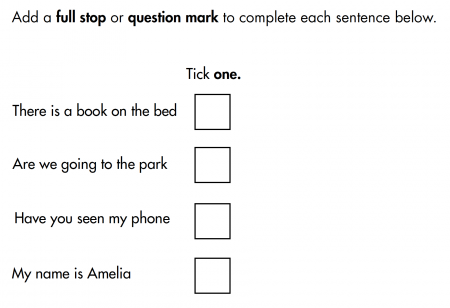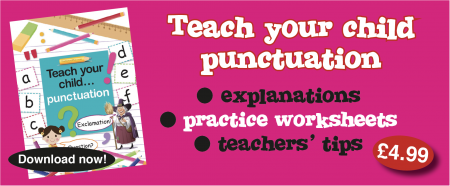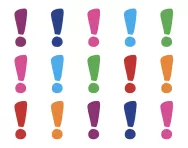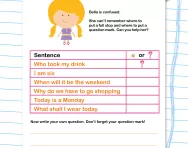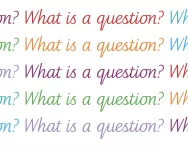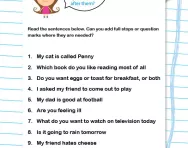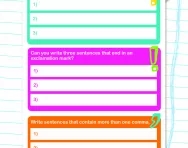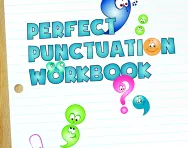TheSchoolRun.com closure date
As we informed you a few months ago, TheSchoolRun has had to make the difficult decision to close due to financial pressures and the company has now ceased trading. We had hoped to keep our content available through a partnership with another educational provider, but this provider has since withdrawn from the agreement.
As a result, we now have to permanently close TheSchoolRun.com. However, to give subscribers time to download any content they’d like to keep, we will keep the website open until 31st July 2025. After this date, the site will be taken down and there will be no further access to any resources. We strongly encourage you to download and save any resources you think you may want to use in the future.
In particular, we suggest downloading:
- Learning packs
- All the worksheets from the 11+ programme, if you are following this with your child
- Complete Learning Journey programmes (the packs below include all 40 worksheets for each programme)
You should already have received 16 primary school eBooks (worth £108.84) to download and keep. If you haven’t received these, please contact us at [email protected] before 31st July 2025, and we will send them to you.
We are very sorry that there is no way to continue offering access to resources and sincerely apologise for the inconvenience caused.
What is a question mark?
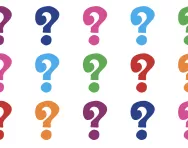
What is a question mark?
A question mark is a punctuation mark, or a symbol, that shows that a question has ended.
Question marks can also be known as interrogation points as they end sentences where an answer or response is expected.
Question marks usually end question sentences. A question sentence is one that often starts with one of the following words: who, what, when, where, why or how, but question marks can also be used with sentences that start with other words.
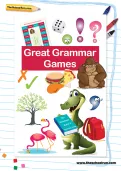
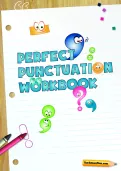
Download Fantastic FREE Grammar Resources!
- Perfect Punctuation Workbook
- Grammar Games Pack
- PLUS 100s of other grammar resources
Question marks can be added to sentences to represent a questioning tone that would be used when spoken aloud.

It is not grammatically correct to use question marks for indirect questions, for example:

How are question marks taught in the primary classroom?
In Year 1, children will ask and be asked questions on various topics and discuss why they do so (to find out an answer to something). As part of their speaking and listening development, most teachers will discuss how we ask a question verbally with an inflection (change of tone of voice) at the end. To show this change of voice and that we would like to find out something, we use a question mark.
Children will identify question sentences from worksheets, punctuate various sentences types with the appropriate punctuation, and then begin to write their own sentences as they progress throughout their time at school.
It is crucial to remember that asking questions isn’t solely a written exercise at school – being able to ask questions orally to further knowledge also forms part a child’s development in speaking and listening.
When are question marks taught in primary school?
Question marks are first taught in Key Stage 1, specifically Year 1, when a child is taught the difference between "yelling, telling and asking" sentences. Children will begin to write question sentences ending with a question mark during Year 1.
By the end of Year 2, children will be expected to be able to identify question sentences and punctuate them with question marks in their Key Stage 1 SATs. For example:
To leave Year 2 working at the expected standard for a child of their age in writing, children would be expected to demonstrate they can punctuate question sentences accurately and consistently when appropriate.
In Year 3, children will be taught how to use question marks within direct speech.
By the end of Year 6, children will be expected to be able to identify question sentences and punctuate them in Key Stage 2 SATs. For example:
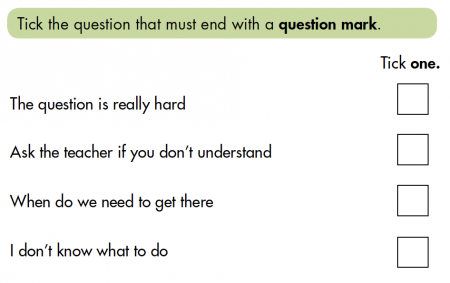
By the end of Year 6, for children to reach the expected standard in writing, they will be expected to use question marks consistently and accurately in their writing.
